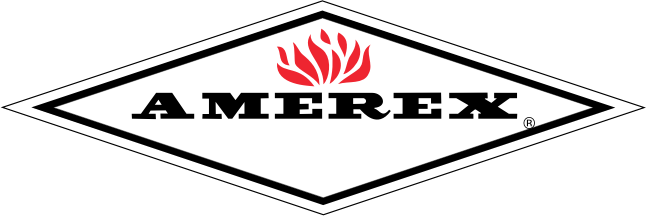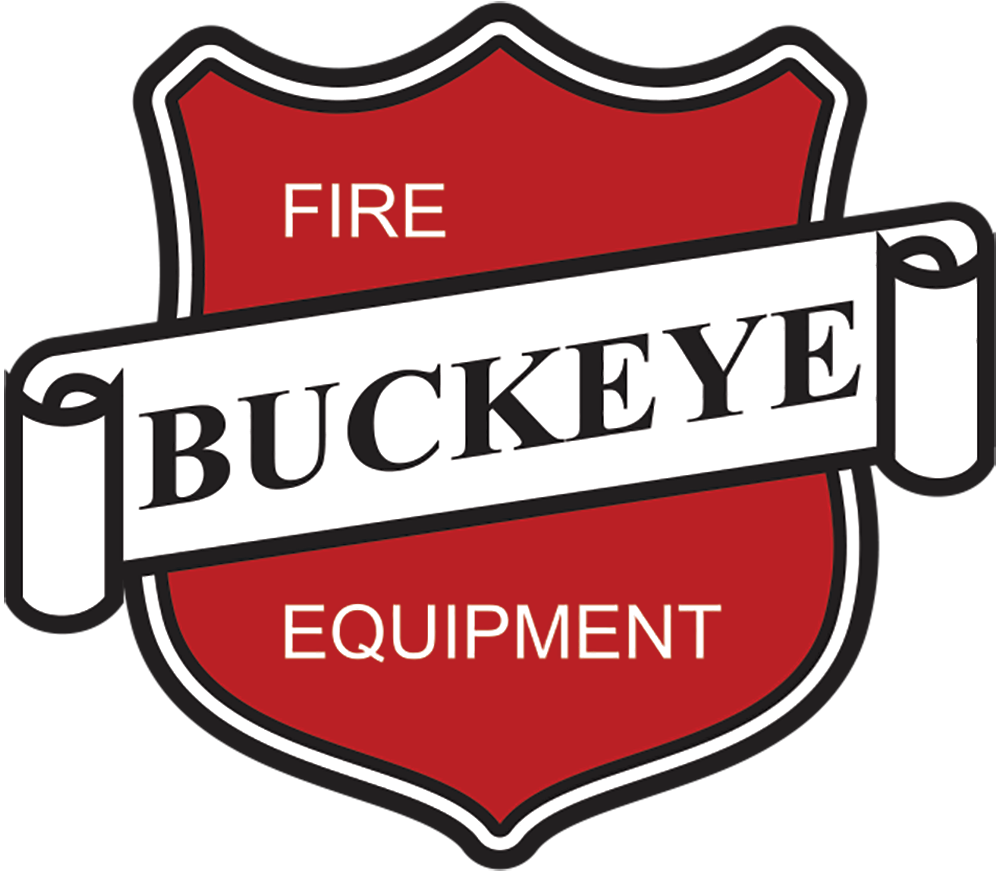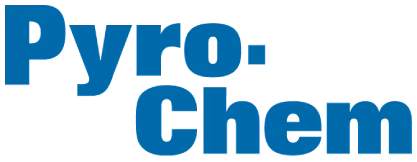Fire extinguisher compliance involves everything from the right placement and type of extinguisher to proper inspections and training. These steps ensure businesses are prepared to respond quickly and effectively to fires. Learn about fire extinguisher compliance requirements for businesses and how they reduce potential damage and risk to lives.
Correct Type of Extinguisher
Selecting the correct fire extinguisher type means you can effectively combat fires specific to your business risks. Fire extinguisher classifications are based on the particular types of fires they can fight, which is determined by the materials fueling the fire.
Here’s a quick guide to the types of fire extinguishers available:
Class A
: Designed for fires involving everyday items like wood, paper, or cloth, these extinguishers are great for common combustible materials.
Class B
: These are used for fires fueled by flammable liquids, such as gasoline, oil, or paint.
Class C
: Specifically made for electrical fires, these extinguishers can safely put out fires caused by wiring, circuit breakers, or appliances.
Class D
: Used for fires involving combustible metals like magnesium or titanium, these are often seen in industrial settings.
Class K
: Perfect for kitchen fires, these extinguishers handle fires from cooking oils and fats.
To choose the right fire extinguisher for your business, start by identifying the specific fire risks in your workplace, such as flammable materials, electrical equipment, or cooking areas. Evaluate the environment where the extinguishers will be placed to make sure they’re suitable for the types of fires most likely to occur. Partnering with a fire safety expert can provide valuable guidance and customized solutions to keep your business and employees safe.

Mounting Requirements
Fire extinguishers must be securely mounted on walls or placed in approved brackets or cabinets. The extinguisher handle should typically sit between three and five feet from the floor to ensure accessibility.
Proper mounting not only keeps extinguishers visible but also protects them from accidental damage. Fire extinguishers that aren’t securely mounted can be knocked over, leading to dents or broken parts, which could affect their functionality. This also puts them at risk of corrosion or getting misplaced, making them hard to find during an emergency.
Proper Placement
Fire extinguishers need to be located where they are easily accessible in an emergency. Obstructions like furniture, boxes, or other equipment must not block them. Consider the layout of your building, fire hazards, and employee workflows to determine the most strategic locations for placement.
Below are some general guidelines for fire extinguisher placement, but businesses should always comply with local fire safety requirements for accurate positioning. To know which fire codes or guidelines apply to your business, check with your local fire department or authority having jurisdiction (AHJ), as they enforce regulations specific to your area. You can also review the National Fire Protection Association (NFPA) standards or your city’s building and safety codes for detailed guidance.
Near Exits
Placing fire extinguishers near exits allows employees to grab one while still having a clear escape route. Ensure the extinguisher is mounted at an easy-to-reach height and is clearly visible, so no time is wasted searching during emergencies. This location helps maintain a safe path for evacuation if the fire grows.
In Kitchens or Break Rooms
Kitchens and areas with cooking equipment are prone to fires from cooking oils, grease, or electrical appliances. Install extinguishers rated for Class K fires in these spaces and position them away from heat sources like stoves but close enough for quick access.
Near Storage Areas
Storage rooms often contain flammable materials like paper, cardboard, or chemicals, making them high-risk zones. Place extinguishers just outside storage areas or near the entrance so they’re accessible without needing to enter a potentially hazardous space. Keep them away from direct proximity to combustible items for safe handling.
In Workshops or Manufacturing Areas
Industrial spaces with machinery, tools, or flammable liquids require extinguishers nearby but not too close to the equipment itself. Position them along walls or near doors for straightforward access during an emergency. Make sure employees are trained on the types of extinguishers available, as these areas often involve multiple fire risks.
Near Computer Server Rooms
Rooms with IT equipment are at risk of electrical fires that can cause significant data or equipment loss. Place Class C-rated extinguishers just outside the room or by the entryway to avoid placing anyone in harm’s way while retrieving it.
Signage and Labels
Clear signage and labeling are essential for locating fire extinguishers during emergencies. Each extinguisher must be appropriately marked, and a sign should be positioned above or near the unit to indicate its presence.
Proper signage ensures everyone—including employees, visitors, and emergency responders—can quickly spot fire extinguishers. Bright, reflective labels and markers enhance visibility, even in low-light conditions.

Monthly Visual Inspections
Monthly fire extinguisher checks involve making sure each one is in its proper spot, easy to see, and not blocked by anything. The inspector will also check that the safety pin is still in place, the handle and nozzle aren’t damaged, and the pressure gauge shows it’s ready to use. If the inspector finds signs of tampering, rust, leaks, or damage, it’s important to fix those issues right away.
These checks are usually done by a staff member or building manager who knows the basics of fire safety, but you can also bring in an expert for extra peace of mind. Make sure the label on the extinguisher is still readable, showing instructions and what types of fires it’s for. If anything is wrong, like low pressure or a missing pin, the extinguisher needs to be repaired or replaced.
Annual Maintenance Checks
If you’re in need of professional fire extinguisher services in Los Angeles, certified technicians can handle annual maintenance to verify that your extinguishers function properly. This professional inspection confirms that your extinguishers remain compliant with safety codes and are ready for use when needed.
The technician checks the pressure level, cleans the extinguisher, and inspects all parts for wear or damage, like the hose, nozzle, and safety pin. If needed, they’ll recharge or repair the extinguisher to ensure it’s fully operational and meets safety standards.
Hydrostatic Testing
Over time, the pressurized canisters of fire extinguishers may weaken. Hydrostatic testing evaluates the structural integrity of the extinguisher to verify that it can safely contain pressure. This testing is required periodically, depending on the extinguisher model and local safety codes.
Hydrostatic testing keeps fire extinguishers from bursting or leaking due to weakened canisters, which could cause serious safety hazards. It also makes sure the extinguisher can handle high pressure without failing, keeping it reliable in emergencies. Partner with a qualified testing provider to maintain compliance and extend the life of your extinguishers.
Recordkeeping
Businesses should document each extinguisher’s location, type, and serial number, along with the dates of inspections, maintenance, and servicing. These records ensure that everything stays up to date. They also make it easier to track when future checks or servicing are due.
Keep notes on any repairs, recharges, or incidents where a fire extinguisher was used. Make sure to include details like the service provider’s name and any certifications for completed work.
Effective fire safety starts with choosing the right extinguishers for your specific risks and placing them where they can be easily accessed. On-site workers and certified professionals conduct routine inspections and annual maintenance checks to confirm that extinguishers are always in working condition. Clear signage, proper mounting, and organized records add extra layers of safety and compliance for your business.



